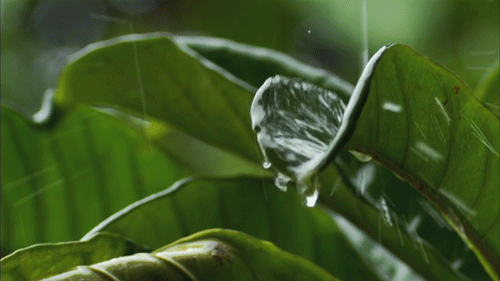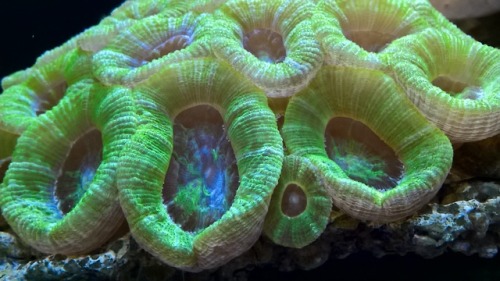#thinkthisthru
Overview
A fantastic way to learn about plants is to start with houseplants. Houseplants are usually small, easy to care for, mostly decorative plants for your home or space. They can familiarize you with watering schedules,soil and pH types,sunlight to darkness ratios, and (if you wish) Latin plant names.

Obtaining Plants
Houseplants are sold at a variety of price points and can be found anywhere from a forest nearby, to community gardens, to supermarkets, to farmers markets, to nurseries, and even to online stores like amazon. Please note that if you are transplanting plants from a local community garden, you should get permission to do so beforehand. {EDIT: It was brought to my attention that you also need permission to take plants from forests/parks and that even though you can, it can have a profound impact on the surrounding environment and should be avoided}
FREE: forest/local environment, community gardens
CHEAP: supermarkets, some farmers markets
MORE EXPENSIVE: some farmers markets, nurseries, online stores
Materials/Supplies
In general, you dont need any fancy pots or fertilizers, but rather an idea about how much sunlightandwater your plant needs (a quick google image search should do the trick), and the right sized containerwithgood drainage (more on that later).
Light 101
Check to see if your plant requires “low”, “medium” or “bright” light and if it needs “direct sunlight” or “indirect sunlight”
Low: really needs no light at all, you can grow these in dark spaces with little to no light, if these plants are exposed to a lot of light, they will likely wilt and die
Medium: needs some sunlight but likely doesnt need a window space, put these plants in shady areas of rooms, or in places where the sun hits during only certain times of the day. these are real goldilocks plants, if they have too much light or too little light they will wilt and die, if one area does not seem to work for the plant move it elsewhere
Bright: need full light, probably need to devote window or patio space to these, observe where shadows fall around your space and avoid putting these plants there
Direct Sunlight: basically treat like a “bright” plant
Indirect Sunlight: basically treat like a “medium” plant
Water 101
Like light, plants have specific needs for water as well. Some plants (like cacti or succulents) really dont need any water at all, while others (like lucky bamboo) need their roots to be fully submerged.
Do your research, but a good rule of thumb is:
Needs little to no water: add maybe a tablespoon of water to the plant once a month
Needs medium water: water every 2-3 days, or whenever the top of the soil is dry (only water until the soil is moist, not soaked through)
Needs lots of water: water daily, but make sure that water drainage is still good
Air plants: submerge in water once every week for about 10-60 sec
Aquatic plants: keep fully submerged
Containers and Drainage
Plants can be grown in anything, from cans to jars to boots to ceramic pots to planters to wood boxes, etc. The only rule is that there must be a hole in the bottom. This hole is to maintain good water drainage, and without it, excess water will remain in the pot and cause the roots of the plant to rot…this will kill the plant. In terms of the size of the container, this depends on the plant. Its ok if the container is too big but a too-small container can prevent root growth and damage the plant.
Good Beginner Plants
Some plants that I’ve have had good luck with are: lucky bamboo, cacti, snake plants, air plants, and ferns
Thanks for reading, and as always, hmu with any questions!
Here is your regularly scheduled PSA about things mass media is ignoring!
THE FACTS
1. An alarming 200 frog species have gone extinct recently, and we are on track to lose another hundred in the next century (ecowatch.com), this is enough to classify this as a mass extinction which is when nearly every single species of an organism ceases to exist any more (usually due to external environmental pressure)
2. This is not just happening locally. Frogs are dropping on every single continent that frog populations are found.
3. The two main reasons for this are deforestation and a new pathogenic chytrid fungus calledBatrachochytrium dendrobatidis that is particularly prevalent in Latin America
4. “…reptiles and amphibians are going extinct at 10,000 times the rate of other organisms.” (published by John Alroy at Macquarie University in Australia)
WHAT CAN YOU DO?
- Read up! Ignorance isn’t pretty, and will not help the situation whatsoever. Get well versed in the topic and spread the word :) Not much is known about this topic at the moment so any publicity is great. (I’ve included a section of links below to help you if you are so interested)
- Help prevent further deforestation! Plant trees with the browser Ecosia or stop supporting companies that thrive off of it (buy recycled paper for instance!)
Cool and Reputable Links!
https://blogs.scientificamerican.com/extinction-countdown/frog-mass-extinction/
https://www.ecowatch.com/frogs-are-on-the-verge-of-mass-extinction-scientists-say-1882106675.html
https://animals.howstuffworks.com/endangered-species/frog-extinction.htm
As always hmu with questions! Thanks for reading :)


